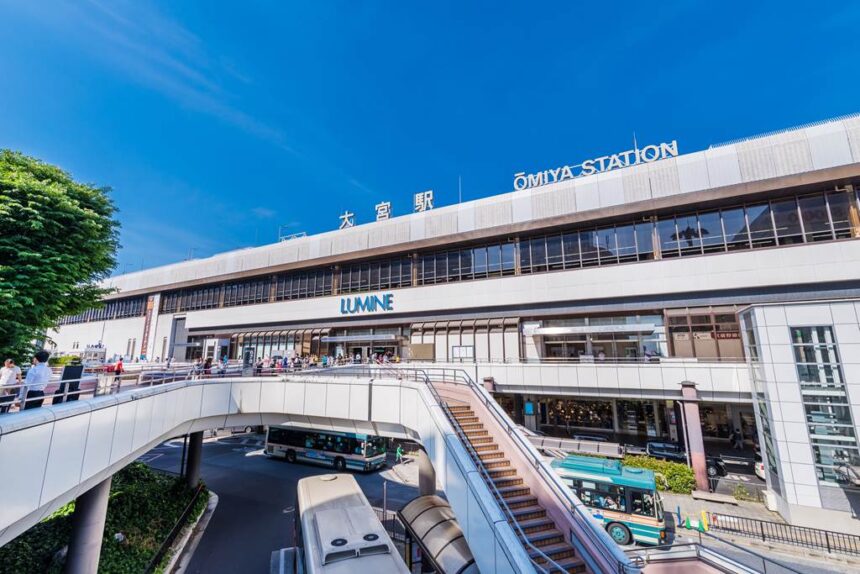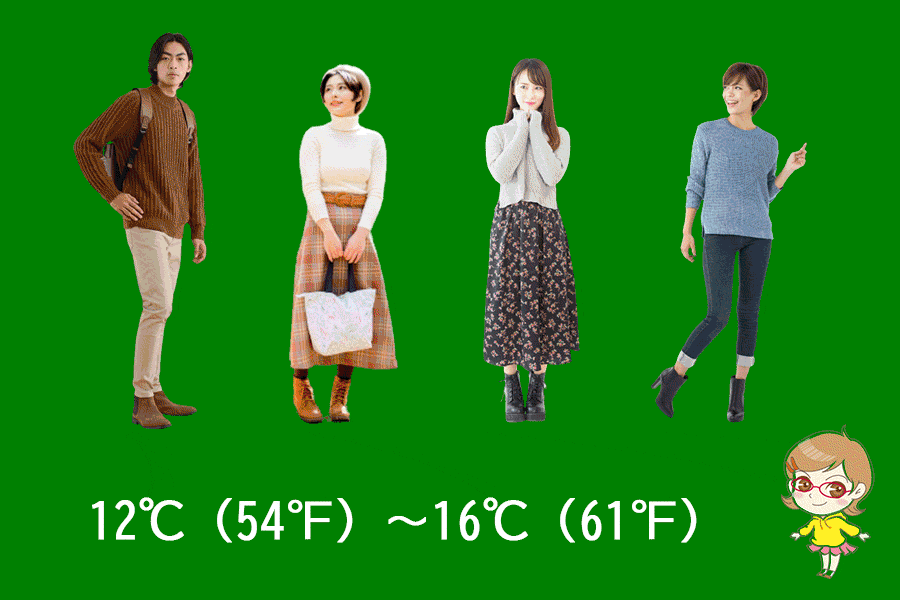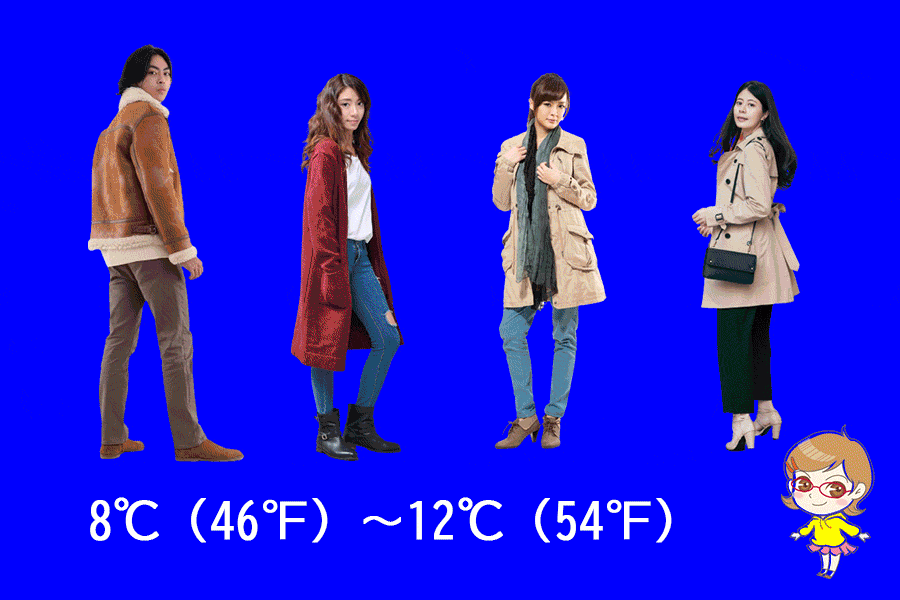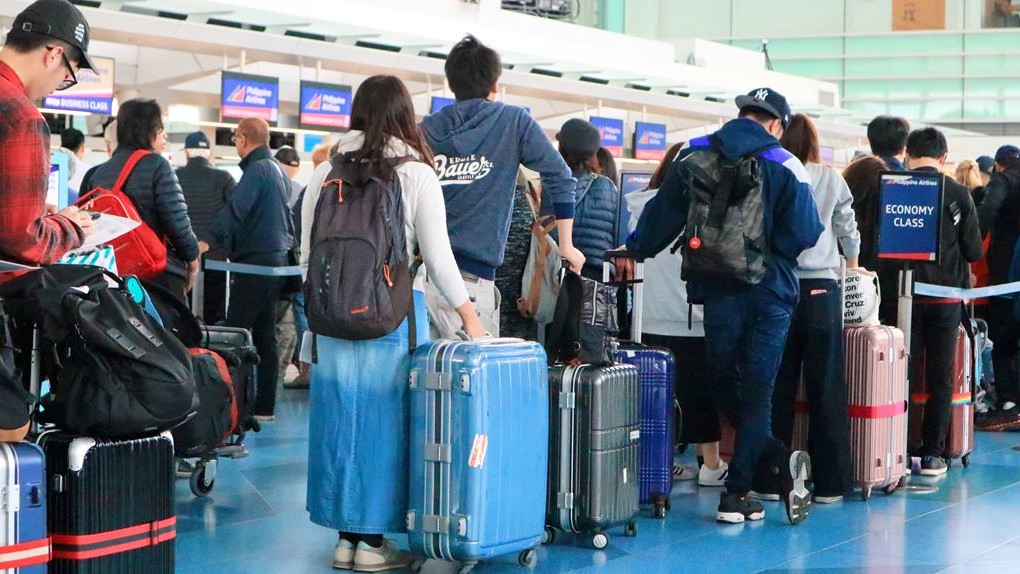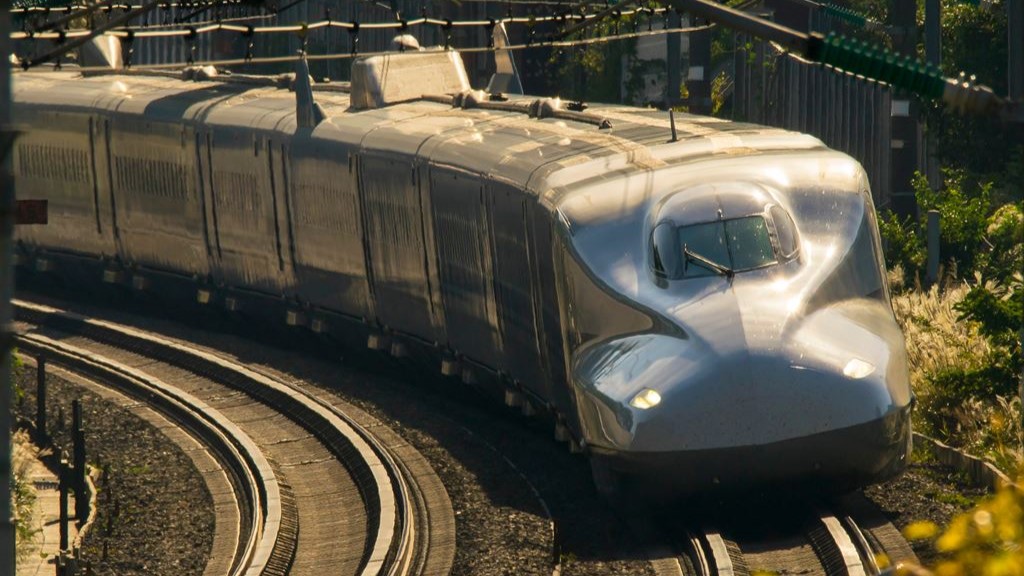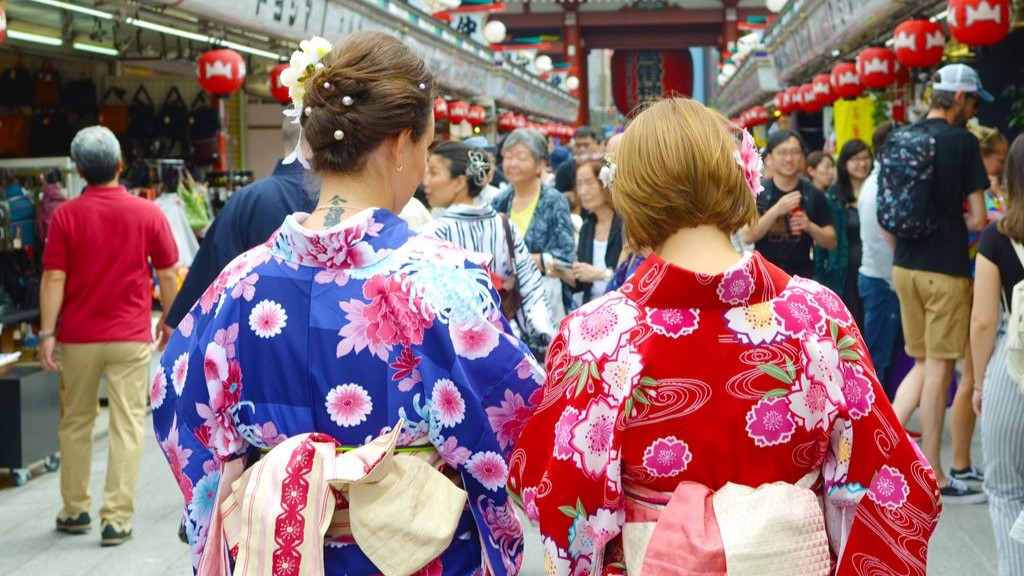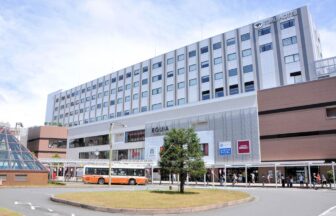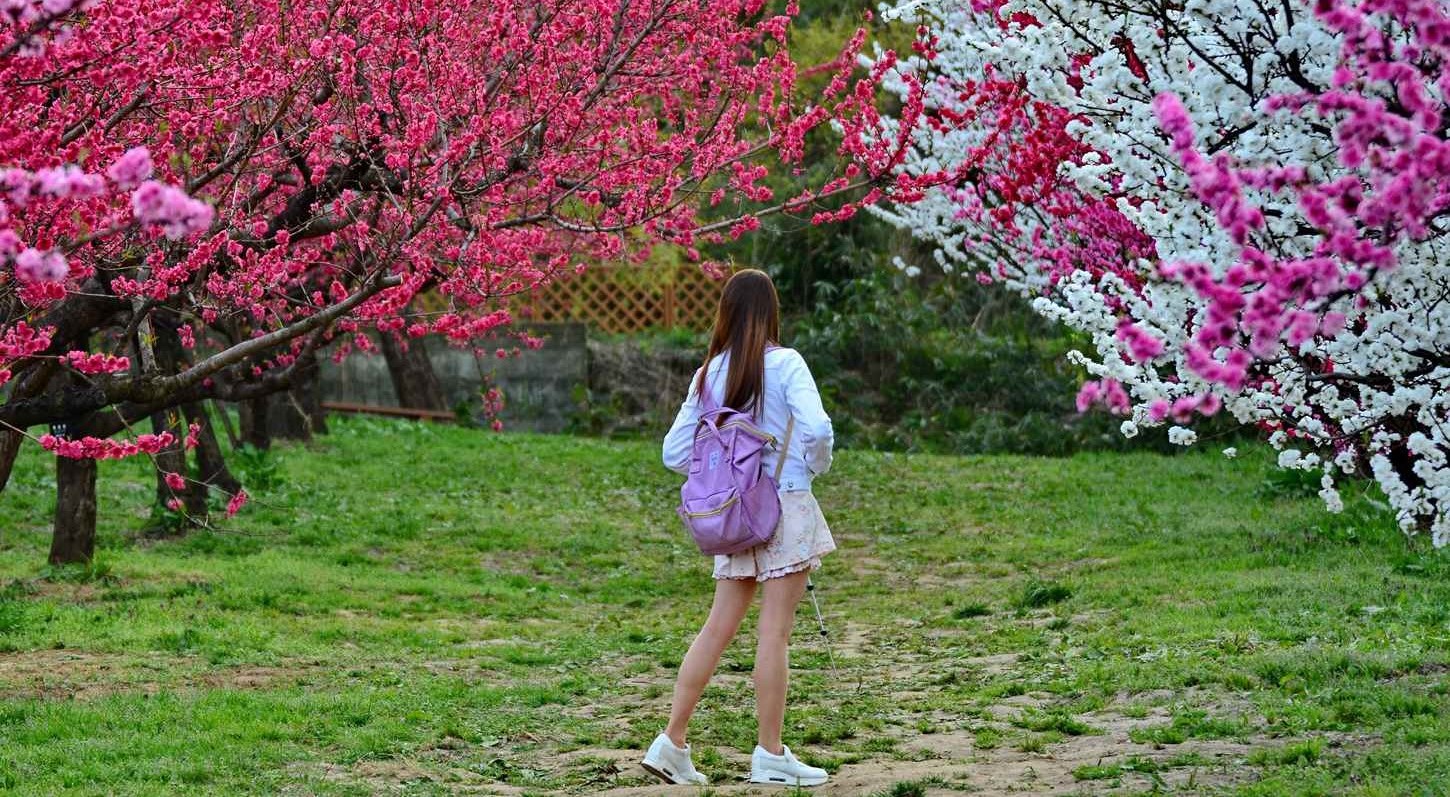Nishikicho, Omiya Ward, Saitama, 330-0853 MAP
↓ Click to jump to the relevant section.
| Current Weather | Annual Weather | Tourist Attractions |
| Baggage Deposit | Hotels |
Current weather and clothing

The weather information shown here is the information closest to the station in question. Please note that there may be slight differences.
Yearly temperature changes and recommended clothing
Clothing recommendations for each temperature range
When traveling in Japan with the following average temperatures, the recommended clothing is as follows:
Monthly changes in temperature, precipitation, and snowfall (1991~2020 average, Japan Meteorological Agency survey)
| Jan. | Feb. | Mar. | Apr. | May | Jun. | Jul. | Aug. | Sep. | Oct. | Nov. | Dec. | |
| temperature(°C) | 3.9 | 4.9 | 8.4 | 13.7 | 18.6 | 22 | 25.9 | 27 | 23.2 | 17.5 | 11.4 | 6.2 |
| precipitation(mm) | 42.4 | 39.6 | 88 | 101.9 | 121.4 | 144.8 | 148 | 164 | 202.8 | 196.8 | 70.9 | 45.2 |
| snowfall(cm) | — | — | — | — | — | — | — | — | — | — | — | — |
Winter
December
In December, the average temperature in Omiya Station drops to 6.2 degrees Celsius. Warm clothing is essential, including a heavy coat or jacket, gloves, a hat, and a scarf. Comfortable boots are also recommended.
January
The average temperature in January is 3.9°C. It is the coldest month of the year in Omiya Station. It’s important to wear a warm coat, gloves, scarf, hat, and boots. Men should wear thermal pants, thick wool sweaters, and jackets. Women should wear thermal leggings or thick stockings, a warm dress or skirt, thick sweater, and a coat.
February
February is still cold, but it gets slightly warmer than January, with an average temperature of 4.9°C. It’s important to keep wearing warm clothing, including a coat, hat, gloves, scarf, and boots. Men should wear thermal pants, a thick wool sweater, and a coat. Women should wear thermal leggings, a warm skirt or dress, a thick sweater, and a coat.
Spring
March
In March, the average temperature in Omiya Station rises to 8.4°C. It gets a bit warmer. However, there are still many rainy and cloudy days. It’s important to have a warm coat, but it’s not as necessary to wear thermal clothing as before. Men can wear a lighter jacket, a shirt, and a sweater. Women can wear a jacket or coat, and a lighter sweater or cardigan.
April
April is a lovely month with an average temperature of 13.7°C. The weather is comfortable, and it’s usually sunny, but there can be occasional rainy days. It’s important to have a light coat or jacket, as it can get chilly in the mornings and evenings. Men can wear a shirt and trousers or jeans, while women can wear a light dress or skirt, or trousers with a blouse.
May
May is a warm month with an average temperature of 18.6°C. The weather is usually sunny, but there can be rainy days. It’s important to wear light clothing, but still bring a light jacket or coat for the mornings and evenings. Men can wear a shirt and trousers or shorts, while women can wear a light dress, skirt or shorts with a blouse.
Summer
June
June is hot and humid, with an average temperature of 22°C. There are many rainy days in June. It’s important to wear light, breathable clothing, such as cotton shirts, shorts, and dresses. Men can wear shorts and t-shirts, while women can wear light dresses, skirts, or shorts and a t-shirt.
July
July is the hottest month in Omiya Station with an average temperature of 25.9°C. It is also the rainy month. It’s important to wear light, breathable clothing, such as cotton shirts, shorts, and dresses. Men can wear shorts and t-shirts, while women can wear light dresses, skirts, or shorts and a t-shirt. It’s also a good idea to bring an umbrella for the rainy days.
August
August is hot and humid, with an average temperature of 27°C. There are still many rainy days. It’s important to wear light, breathable clothing, such as cotton shirts, shorts, and dresses. Men can wear shorts and t-shirts, while women can wear light dresses, skirts, or shorts and a t-shirt. It’s also a good idea to bring an umbrella.
Autumn
September
The weather in Omiya Station during September is still warm, with temperatures ranging from 18 to 27 degrees Celsius. The average precipitation is 202.8mm. It is still advisable to wear light clothing, such as T-shirts, shorts, and skirts, for both men and women. However, it is also a good idea to bring a light jacket or cardigan for the cooler mornings and evenings.
October
As we move into October, temperatures in Omiya Station start to drop, ranging from 12 to 21 degrees Celsius. The average precipitation is 196.8mm. It is advisable to wear long-sleeved shirts, light jackets, and pants for both men and women. In addition, it is also recommended to bring an umbrella or raincoat in case of sudden rain showers.
November
November marks the start of winter in Omiya Station, with temperatures ranging from 7 to 15 degrees Celsius. The average precipitation for the month is 45.2mm. It is important to wear warm clothing, such as sweaters, coats, and gloves, as well as boots to keep feet warm and dry. Men should wear long pants and a thick jacket, while women can wear jeans, warm leggings or tights, and a heavy coat.
Recommended tourist destinations
Musashi Ichinomiya Hikawa Shrine
1-407 Takahanacho, Omiya-Ku, Saitama 330-0803 Saitama Prefecture
This prestigious shrine was founded more than 2,400 years ago. Located close to Omiya Station, the zelkova-lined approach leading to the shrine is a place of recreation and relaxation for local citizens.
The Omiya Bonsai Art Museum Saitama
2-24-3 Toro-cho, Kita-ku, Saitama 331-0804 Saitama Prefecture
Many bonsai vendors are gathered here, and the area is known as the “Omiya Bonsai Village. The museum promotes bonsai culture and visitors can learn about the history of bonsai and how to view bonsai.
The Railway Museum
3-47 Onari-Cho, Omiya-Ku, Saitama 330-0852 Saitama Prefecture
This museum allows visitors to experience railroads through a variety of themes. In the main exhibition hall, many actual rolling stock of historical value are on display, and visitors can even step inside the cars. One of the largest railroad dioramas in Japan is also a must-see.
Kawagoe Ichibangai Shopping Street
Nakacho, Kawagoe 350-0063 Saitama Prefecture
Many “kura-zukuri” merchant houses, which are the old-style houses of Japan, still remain, creating an Edo-style townscape. There are many sweet stores and souvenir shops using sweet potatoes, a specialty of Kawagoe, where visitors can enjoy eating and walking around.
Kawagoe Hikawa Shrine
2-11-3 Miyashitamachi, Kawagoe 350-0052 Saitama Prefecture
This historic shrine is also famous as a power spot for matchmaking. In summer, more than 2,000 brightly colored wind chimes are decorated, making it a summer tradition in Kawagoe.
RyuQkan
720 Kamikanasaki, Kasukabe 344-0111 Saitama Prefecture
One of the world’s largest underground drainage channels was built to protect the low-lying areas of Saitama Prefecture from flooding. In the underground space, huge pillars stand in a row, creating the atmosphere of an underground temple in a different space, and it has been used for filming dramas and movies.
Seibuen Amusement Park
2964 Yamaguchi, Tokorozawa 359-1145 Saitama Prefecture
An area that recreates the streets of the Showa period (1950s and 1960s) is popular. In addition, “Let’s Go! Leoland” features attractions based on Osamu Tezuka’s works.
Kadokawa Culture Museum
3-31-3 Higashitokorozawawada, Tokorozawa 359-0023 Saitama Prefecture
Inside the huge rock-like building is a cultural complex that combines a library, an art museum, and a museum. In particular, the “Bookshelf Theater,” with its 8-meter-high atrium lined with 30,000 books, is a popular photo spot.
Where to leave your luggage
Several coin lockers are located inside and outside the ticket gates of Omiya Station.
(Inside the ticket gates)
1) North ticket gate: Go through the north ticket gate and you will see the Shinkansen ticket gate in front of you. It is located on the right side in front of the North ticket gate.
2) Central Gate (North): There are stairs leading down to platforms 6 and 7. Coin lockers are located on both sides of those stairs.
3)South ticket gate: Located on the right side just after entering the south ticket gate.
(Outside the ticket gates)
1) East Exit: As you walk down the central aisle toward the East Exit, you will see a number of coin lockers in a row on the right side.
2) West Exit: Just before exiting the West Exit, you will see the same number of lockers on your left (south side) as the East Exit.
Recommended hotels and inns
Hotel Metropolitan Saitama-Shintoshin
11-1 Shintoshin, Chuo-Ku, Saitama 330-0081 Saitama Prefecture
20-minutes walk from Omiya Station
Hotel class: 4
Hotel style: Business
Check Rates & Availability:
>> See on Tripadvisor
>> See on Trip.com
>> See on Expedia
Super Hotel Premier Saitama Omiya Station East Entrance
4-112-1 Miyacho, Omiya-Ku, Saitama 330-0802 Saitama Prefecture
6-minutes walk from Omiya Station
Hotel class: 4
Hotel style: Business
Check Rates & Availability:
>> See on Tripadvisor
>> See on Expedia
Candeo Hotels Omiya
1-401-1 Sakuragicho, Omiya-Ku, Saitama 330-0854 Saitama Prefecture
5-minutes walk from Omiya Station
Hotel class: 3
Hotel style: Business
Check Rates & Availability:
>> See on Tripadvisor
>> See on Trip.com
>> See on Expedia
The Mark Grand Hotel
3-2 Shintoshin, Chuo-ku, Saitama 330-0081 Saitama Prefecture
1.3mi/2km from Omiya Station
Hotel class: 3
Hotel style: Mid-range , Business
Check Rates & Availability:
>> See on Tripadvisor
>> See on Trip.com
Marroad Inn Omiya
2-173 Sakuragicho, Omiya-Ku, Saitama 330-0854 Saitama Prefecture
4-minutes walk from Omiya Station
Hotel class: 3
Hotel style: Business
Check Rates & Availability:
>> See on Tripadvisor
>> See on Trip.com
>> See on Expedia
Ofuro Cafe Utatane
4-179-3 Onaricho, Kita-Ku, Saitama 331-0815 Saitama Prefecture
1.5mi/2.4km from Omiya Station
Hotel class: 3
Hotel style: Quaint
Check Rates & Availability:
>> See on Tripadvisor
>> See on Trip.com
>> See on Expedia
APA Hotel Saitama Shintoshin Eki Kita
2-72 Kishikicho, Omiya-Ku, Saitama 330-0843 Saitama Prefecture
13-minutes walk from Omiya Station
Hotel class: 3
Hotel style: Business
Check Rates & Availability:
>> See on Tripadvisor
>> See on Expedia
We support your itinerary planning!
Click the button to get an overview of hotel information and popular tourist routes from all over Japan featured on our site. We’ve included comprehensive details to aid in planning your trip, so please make use of it.
Comprehensive checklist before traveling to Japan

Book flights
Compare and purchase flight tickets
When planning your trip to Japan, it's advisable to start by researching flights several months in advance. Airlines often release promotional fares, especially during off-peak seasons. Use comparison sites like Skyscanner or KAYAK to get a sense of the price range. Be flexible with your travel dates if possible; flying mid-week might be cheaper than on weekends.
>> Visit Skyscanner's official website
>> Visit KAYAK's official website
Order Japan Rail Passes for each family member
Purchase your Japan Rail Pass before departure
The Japan Rail (JR) Pass offers unlimited travel on JR trains, making it a cost-effective option for tourists. However, it's only available to foreign tourists and must be purchased *before* you arrive in Japan. Determine the areas you plan to visit; if you're traveling extensively, a nationwide pass is beneficial, but if you're only exploring a specific region, consider regional JR passes. Children under 12 get a discounted pass, so ensure you order the correct type for each family member.
>>Visit Japan Rail Pass's website
Plan your attire for Japan
Check the weather at your destination on this site
Japanese weather varies significantly by season. In summer, it's hot and humid, so breathable clothes are essential. Winters, especially in the north, can be cold, requiring warm attire. If visiting during the rainy season (June to early July), pack a good umbrella and waterproof shoes. While Japan is generally casual, certain places like temples, shrines, or upscale restaurants may require modest and neat dressing.
Reserve a pocket Wi-Fi or SIM card
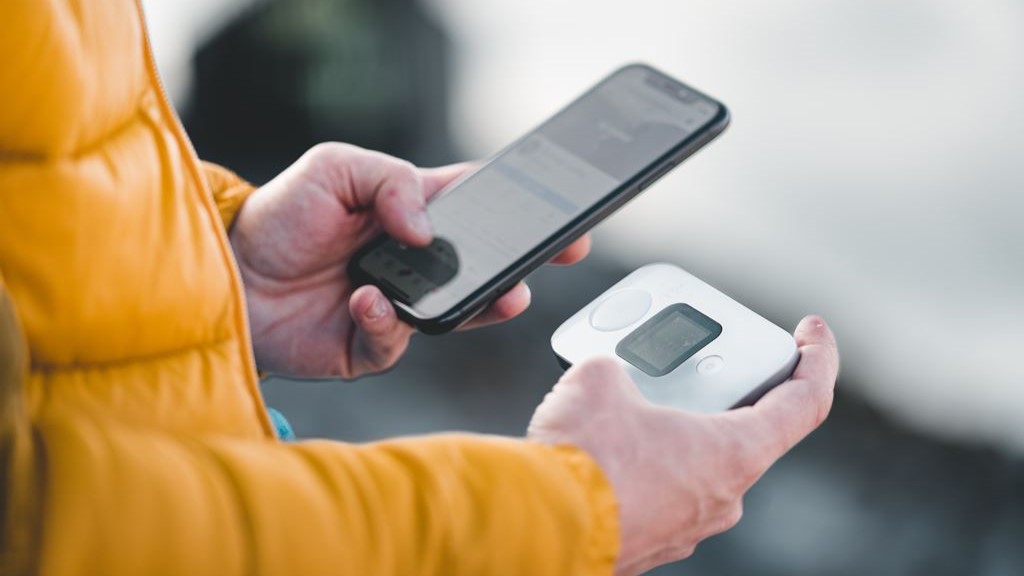
SIM card or pocket Wi-Fi is required
Beyond clothes, consider packing essentials like a universal power adapter (Japan uses Type A and B sockets), portable Wi-Fi or SIM card for internet access, and any necessary medications (with a copy of the prescription).
Which is better: a SIM card or pocket Wi-Fi?
When traveling in Japan, one essential to consider is securing internet access, especially given that many locations still don't offer free Wi-Fi. To ensure you can use your smartphone throughout your trip, you'll typically have three options: (1) a SIM card, (2) pocket Wi-Fi, or (3) the roaming service provided by your mobile company. Roaming services can be quite expensive, so we often recommend using a SIM card or pocket Wi-Fi. While SIM cards tend to be more affordable than pocket Wi-Fi, they can be trickier to set up. Pocket Wi-Fi, on the other hand, can be shared among several users, making it a favorable choice for families or groups.
▼SIM card
Advantages:
Relatively affordable.
Disadvantages:
Can be time-consuming to set up initially.
May have strict data limits.
▼Pocket Wi-Fi
Advantages:
Offers substantial data allowances.
A single device can be shared among multiple users.
Easily usable with PCs as well.
Disadvantages:
Typically more expensive.
Japan's representative services

Sakura Mobile's website
▼SIM card
>>Visit Sakura Mobile's official website
>>Visit mobal's official website
▼pocket Wi-Fi
>>Visit Sakura Mobile's official website
>>Visit NINJA WiFi's official website
>>Visit Wi-Fi RENTAL Store's official website
Book local tours as needed
Pre-book your tour and have a great trip!
Local tours offer deep insights into Japan's culture and heritage. Websites like Viator or GetYourGuide offer a variety of tours, from traditional tea ceremonies to modern pop culture tours in Akihabara. Consider unique experiences like staying with monks on Mt. Koya or taking a cooking class to learn authentic Japanese dishes.
>>Visit Viator's official website
>>Visit GetYourGuide's official website
Purchase advance tickets for popular attractions
Make a reservation to avoid crowds
Attractions like Tokyo Disneyland, Universal Studios Japan, or the Studio Ghibli Museum often have long ticket queues. Buy tickets online in advance to save time. Some attractions also have timed entry, so check the specific time slots available and plan accordingly.
▼Tokyo Disney Resort
>>Visit Tokyo Disney Resort official website
>>Visit Viator's Tokyo Disneyland page
>>Visit Viator's Tokyo DisneySea page
>>Visit GetYourGuide's Tokyo Disneyland page
>>Visit GetYourGuide's Tokyo DisneySea page
▼Universal Studios Japan
>>Visit USJ official website
>>Visit Viator's USJ page
>>Visit GetYourGuide's USJ page
Buy travel insurance

insurance concept, health, life and travel insurance
It is important to be prepared for emergencies
While Japan is a safe country, travel insurance is crucial for unforeseen events like health emergencies, travel disruptions, or lost baggage. Ensure your policy covers medical expenses in Japan, as healthcare, though excellent, can be expensive.
Here we introduce online travel insurance services that are popular worldwide.
World Nomads: An online travel insurance service widely endorsed by travelers worldwide. They offer plans that cover adventurous activities and high-risk sports.
>>Visit World Nomads' official website
AIG Travel Guard: An insurance service available to travelers all over the world. They offer a wide range of options, including cancellation protection and emergency medical insurance.
>>Visit AIG Travel Guard's official website
Share your itinerary with emergency contacts
Organize your reservation information
Keep a digital and printed copy of your detailed itinerary, including hotel addresses, train schedules, and booked tours. Share this with a trusted family member or friend not traveling with you.

